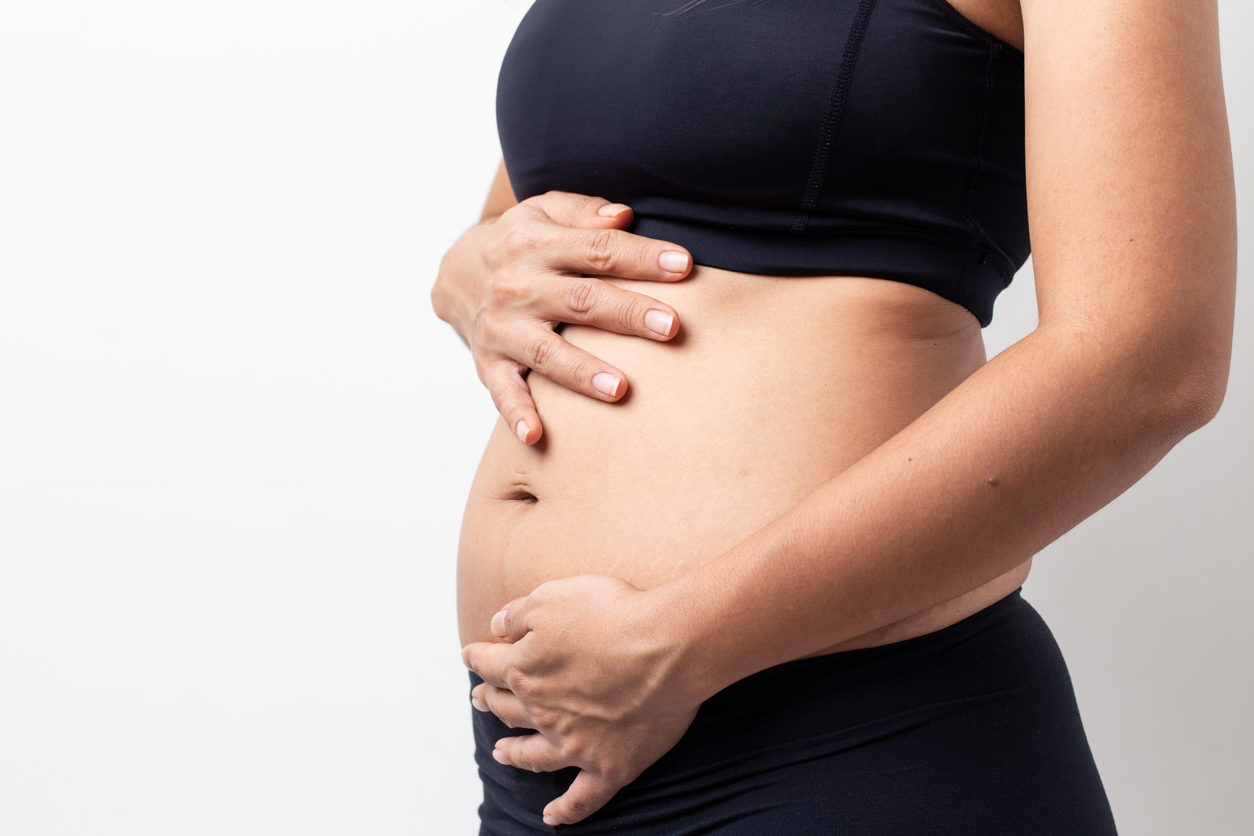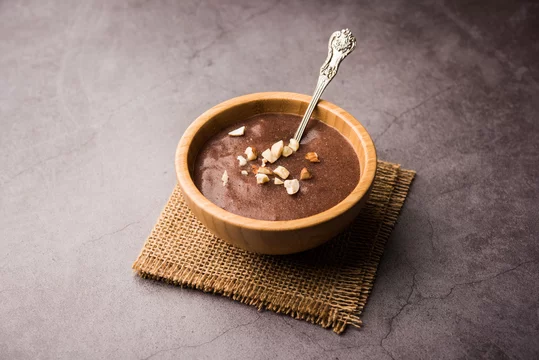The belly fat problem is a major issue in the world today. It can lead to other health issues, such as diabetes and heart disease. The most common way to get rid of belly fat is through diet and exercise.
It is important to know that there are many different types of exercises that can help reduce belly fat, such as running, cycling, swimming and even walking. If you are overweight, losing weight may help reduce belly fat. You should also include physical activity in your routine and drink plenty of water each day.
It is no surprise that many people get affected by the belly fat problem. It can be caused by genetics, lifestyle, and other factors. Although many articles speak about losing fat in general, there is still a lot of confusion surrounding in case of pregnant women. This article not only helps you lose belly fat during pregnancy but also after it.
Belly fat problem during pregnancy:
One of the reasons for increased abdominal fat during pregnancy is due to the increased production of hormones, like estrogen and progesterone, which help in the development of a baby. It has been found that during pregnancy, there are changes in the levels and distribution of hormones which make it difficult for pregnant women to lose weight and deal with the belly fat problem.
Interestingly, new research suggests that losing weight during pregnancy may be possible — and even beneficial — for some people who are overweight, or have a BMI of 30 or higher. Losing weight during pregnancy, on the other hand, is not recommended for those who were at a healthy weight prior to pregnancy.
Excess weight can cause complications during pregnancy because it can obstruct these processes.
Obesity/ the belly fat problem while pregnant may result in:
Cesarean delivery, premature birth, stillbirth, foetal heart defects gestational diabetes (and type 2 diabetes later in life), preeclampsia (a severe form of high blood pressure that can also affect other organs such as the kidneys), Infections, obstructive sleep apnea and Blood clots, particularly in your legs.
If you truly think you can improve from losing weight while pregnant, consult your doctor about how to do so safely and without harming the foetus.
Excess weight also raises the risk of sleep apnea, joint pain, and various cancers.
Here are the ways to reduce the belly fat problem during pregnancy:
1. Determine how much weight you need to gain.
Keep a tab on excess weight gain during pregnancy as it can cause the focus to shift to only losing weight. But the fact remains that you will gain some weight, and it is critical to understand how much is healthy. After all, you are growing a human inside of you.
Follow the National Institutes of Health’s pregnancy weight gain guidelines based on your pre-pregnancy weight:
* Obese (BMI 30 or higher): expect to gain 11 to 20 pounds * BMI 25–29.9: expect to gain 15–25 pounds * Normal weight (18.5–24.9 BMI): expect to gain 25–35 pounds
* underweight (BMI less than 18.5): gain 28 to 40 pounds
2. Reduce your calorie intake
The first method for losing excess weight is to control your daily calorie intake. The most common cause of weight gain is eating more calories than you burn off. A 3,500-calorie deficit is required to lose one pound. This equates to approximately 500 calories per day to be avoided over the course of a week.
If you were at a healthy weight for your height before becoming pregnant, you will most probably require between 2,200 and 2,900 calories per day during your pregnancy. Nevertheless, this will vary.
Trimester 1: no additional calories
Trimester 2: 340 calories per day more
Trimester 3: Increase your daily calorie intake by about 450 calories if you are not pregnant.
Spending fewer calories can assist you in losing weight. However, do this under medical healthcare supervision.
A waist circumference of more than 40 inches indicates an increased risk for those assigned male at birth (AMAB). 35 inches is a red flag for those who were assigned female at birth (AFAB).
3. Choose healthy foods
Eating a lot of healthy food will help you to avoid gaining weight during pregnancy. However, make sure that the food is not high in calories and fat as well.- Eat more whole grains like brown rice instead of white rice or bread. Whole grains and ragi are good sources of fibre and nutrients which can help curb your appetite and help you lose weight. Avoid caffeine including coffee, tea, and soda.
The World Health Organization recommends that women who are pregnant should consume a diet of 2200 kcal/day. During pregnancy, it is important to stay hydrated. Although water is the best choice for hydration during pregnancy, if you choose to drink other beverages like juice or milk they should have no more than 100 calories per 8oz serving to avoid the belly fat problem. You should try to eat no more than 300-400 calories per day during the second half of your pregnancy, which is about 1,200-1,600 calories per day total for your whole pregnancy.
4. Pregnancy-safe squat exercises
If you are an avid exerciser, you may be wondering: can I exercise while pregnant? The answer is yes!
Exercise during pregnancy, according to the American Pregnancy Association, can help: alleviate back pain, alleviate constipation, reduce swelling, prevent or manage gestational diabetes, improve mood, posture, and sleep, and promote muscle tone, strength, and endurance.
Body weight squats, Sumo squats, squats against the wall with an exercise ball, deep squat hold with pelvic floor contraction and chair squats.
The best exercises for pregnant women are walking, swimming, yoga, and light aerobics such as Zumba or spinning. The best exercise for pregnant women is walking, as it’s an aerobic exercise that also works muscles throughout the entire body. Zumba has a low impact and is low-impact aerobic.
Exercises you should avoid
As a pregnant woman, you should not do any exercises that require lying on your back. This can cause the weight of the baby to compress the vena cava, which will decrease blood flow to the uterus and could lead to a clot in the vena cava. You should also avoid exercises that involve heavy lifting or straining your abdominal muscles, as this can lead to uterine contractions and premature labour.
Ways to reduce the belly fat problem after pregnancy
Diet changes
It’s important to eat healthily whenever you want to lose weight, but after pregnancy—especially if you’re breastfeeding—it becomes even more crucial. Eat foods that are as close to their natural source as you can, according to good advice. For instance, consuming a raw carrot is preferable to consuming a piece of carrot cake that is high in calories and sugar. You can still occasionally indulge in a piece of carrot cake, just don’t let it become the mainstay of your diet. Instead, fill up on foods like lean protein, fresh fruits and vegetables, whole grains, low-fat dairy, and healthy fats. Make sure that you are consuming a variety of nutrients, such as vitamins, minerals, and micronutrients.
Some people choose to take a multivitamin as a type of nutritional insurance, but if you are eating a well-balanced diet, you shouldn’t need to do that. Consume a lot of fibre, don’t forget. You can solve your belly fat problem by doing nothing more than making beneficial changes to your diet; it will not only benefit your digestive system but also make you feel fuller. Changing your diet will take time, though.
Safe exercises after pregnancy
The actual key to losing weight quickly is to incorporate exercise into your diet. For our purposes, we’ll concentrate on three different types of exercise:
Cardiovascular Exercise.
Running, jogging, kickboxing, aerobics, and swimming are all examples of cardiovascular exercise. All of these raise your heart rate, make you sweat, and burn a lot of calories. They frequently benefit both your heart and your overall health. They will also help you reduce baby tummy fat, which is an added bonus.
Resistance
Pushing yourself against an object that resists your movement is one of these exercises. As an example, consider weightlifting. Although these exercises do not typically burn as many calories, they do build muscle mass, and muscle continues to burn calories even when you are not exercising.
Stability Exercises that improve your balance and posture can help you deal with the baby belly fat problem while also improving your overall appearance. Using a stability ball is one of the simplest ways to perform these exercises. When you use a stability ball, your body is constantly trying to maintain balance, which increases the efficiency of any activities performed on it and helps you deal with your belly fat problem effectively.





Its like you learn my mind! You appear to know a lot about this, such as you wrote the book in it or something. I feel that you simply could do with a few percent to power the message house a bit, however other than that, this is excellent blog. An excellent read. I’ll certainly be back.
I have not checked in here for a while since I thought it was getting boring, but the last few posts are good quality so I guess I’ll add you back to my everyday bloglist. You deserve it my friend 🙂
Hi there are using WordPress for your blog platform? I’m new to the blog world but I’m trying to get started and create my own. Do you need any coding knowledge to make your own blog? Any help would be greatly appreciated!